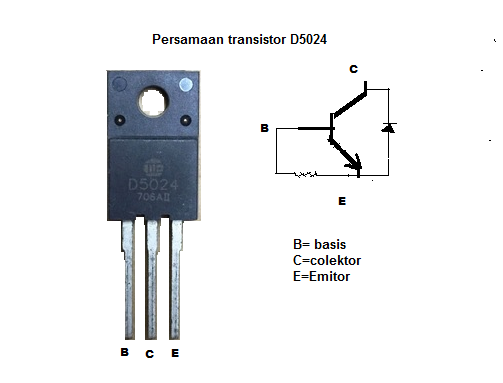

Details the use of a jigsaw lesson for explaining complex numbers to intermediate algebra students. It is aimed to compare the jigsaw technique with the traditional teaching method in…Ī Jigsaw Lesson for Operations of Complex Numbers.Įxplains the cooperative learning technique of jigsaw. The unit "Science within Time" in the secondary 7th grade Social Sciences text book was chosen for the research. The aim of this study is to apply the jigsaw technique in Social Sciences teaching and to unroll the effects of this technique on learning. Use of Jigsaw Technique to Teach the Unit "Science within Time" in Secondary 7th Grade Social Sciences Course and Students' Views on This Technique  Keywords: Cooperative Model Jigsaw Type, Learning Achievement The conclusion of this study is that there is an effect on the use of cooperative learning of jigsaw model in social studies on student achievement of class III SD Islamiyah Pakualaman at school year 2014/2015. So that is 3.34 ≥ 1.6859, therefore Ho is rejected H1 accepted. At the significance level (α = 0.05 and with db = 38 obtained value = 1.6859.  The results of data analysis t test (t-test obtained value = 3.34.

While the data analysis is a statistical method t test (t-test. The used test methods in this research are the pre-test and post-test given to the experimental group and the control group. Collecting data in this study uses the test method. This research design uses quantitative research methods. PENGARUH METODE KOOPERATIF JIGSAW TERHADAP PRESTASI BELAJAR MATA PELAJARAN IPS PADA SISWA KELAS IIIĭirectory of Open Access Journals (Sweden)įull Text Available This study aims to determine the effect of the use of cooperative learning of jigsaw method in social studies on student achievement of class III SD Pakualaman Bantul and SD Gandok Islamiyah in 2014/2015 school year. The main data collection tool was a Chemical Equilibrium Achievement Test (CEAT), which was applied to both the jigsaw and non- jigsaw groups The results indicated that the jigsaw group was more successful than the non- jigsaw group (individual learning method).

The jigsaw groups were then in charge of teaching their specific subtopic to the rest of the students in their learning group. The home groups then broke apart, like pieces of a jigsaw puzzle, and the students moved into jigsaw groups consisting of members from the other home groups who were assigned the same portion of the material. The groups were as follows: (1) Home Group A (HGA), representin g the equilibrium state and quantitative aspects of equilibrium (Module A), (2) Home Group B (HGB), representing the equilibrium constant and relationships involving equilibrium constants (Module B), (3) Home Group C (HGC), representing Altering Equilibrium Conditions: Le Chatelier’s principle (Module C), and (4) Home Group D (HGD), representing calculations with equilibrium constants (Module D). Each of these home groups contained four students. Students participating in the jigsaw group were divided into four “home groups†since the topic chemical equilibrium is divided into four subtopics (Modules A, B, C and D). One of the classes was randomly assigned as the non- jigsaw group (control) and other as the jigsaw group (cooperative).

This study was carried out in two different classes in the department of primary science education during the 2005-2006 academic year. This study investigates the effect of cooperative learning ( jigsaw) versus individual learning methods on students’ understanding of chemical equilibrium in a first-year general chemistry course. Teaching Chemical Equilibrium with the Jigsaw Technique


 0 kommentar(er)
0 kommentar(er)
